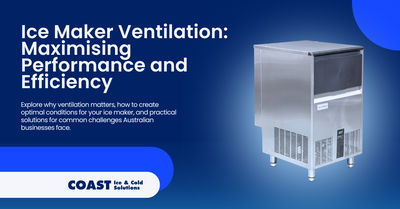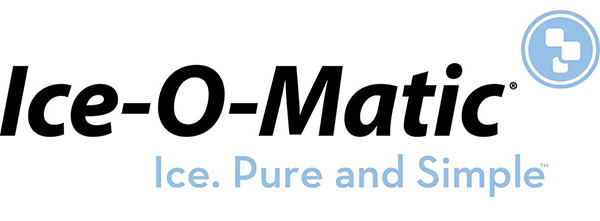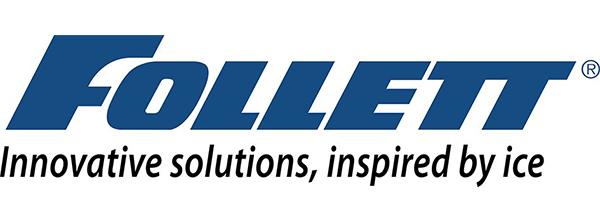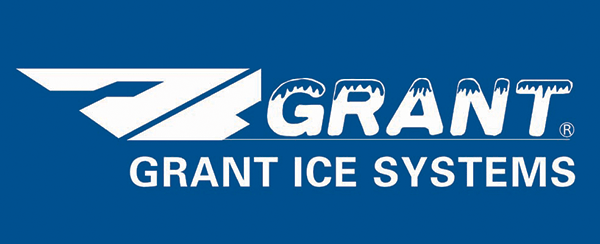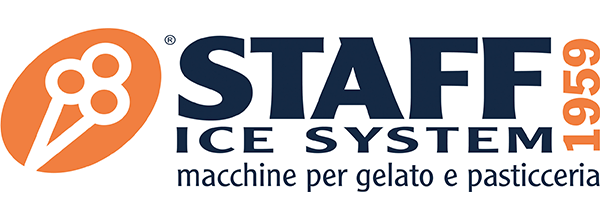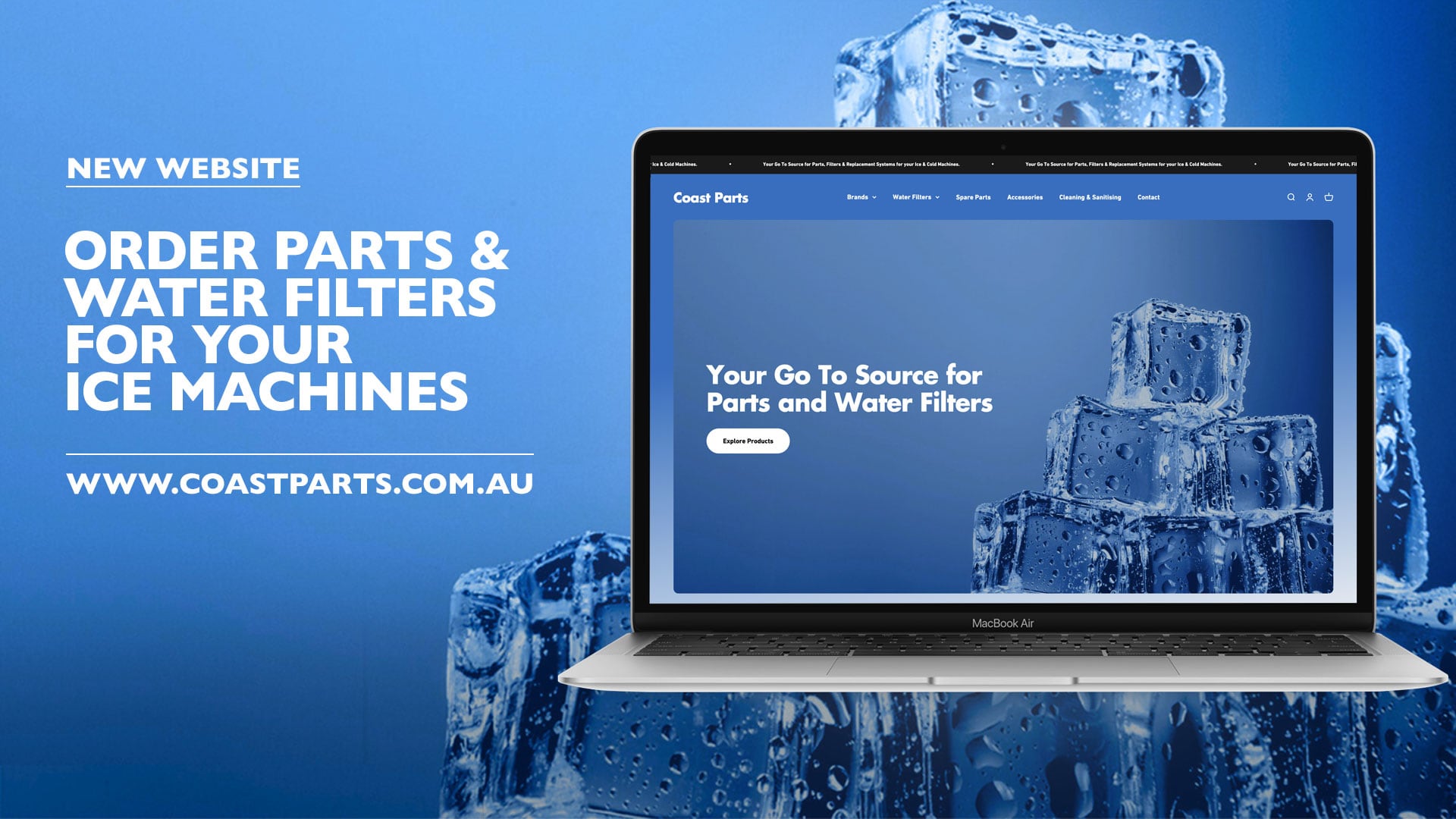Ice Maker Ventilation: Maximising Performance and Efficiency
The Coast Team on 1st Apr 2025
In the demanding world of commercial food service, hospitality, and healthcare, reliable ice production is non-negotiable. Yet many businesses overlook a critical factor affecting ice maker performance: proper ventilation. Without adequate airflow, commercial ice machines struggle to maintain efficiency, experience shortened lifespans, and produce less ice when you need it most.
In this blog post we’ll explore why ventilation matters, how to create optimal conditions for your ice maker, and practical solutions for common challenges Australian businesses face.
The Science Behind Ice Maker Ventilation
Commercial ice makers function as sophisticated heat transfer systems. While producing ice, these machines generate significant heat that must be efficiently removed from their operating environment. This fundamental principle explains why proper ventilation isn't just recommended—it's essential.
Most commercial ice makers use air-cooled condensers that extract heat from the refrigeration system and discharge it into the surrounding area. Without sufficient airflow to disperse this heat, ambient temperatures rise, creating a problematic feedback loop that forces the system to work increasingly harder.
This relationship between heat generation and removal forms the foundation of ice maker ventilation requirements. As ambient temperatures increase beyond the recommended range (typically 10-32°C), ice production capacity decreases significantly while energy consumption rises. For every 5°C increase above recommended levels, production can drop by 10-15% while power usage increases proportionally.
Real-World Impact on Performance
Poor ventilation creates cascading issues affecting every aspect of ice maker operation:
- Reduced production capacity when demand is highest
- Increased energy consumption driving up operating costs
- Accelerated component wear leading to premature failure
- Inconsistent ice quality affecting customer experience
- Higher maintenance requirements and service frequency
Proper clearance around ice machines isn't arbitrary—manufacturers specify minimum spaces (typically 15-30cm on all sides) based on calculated requirements for heat dissipation and component access. Following these specifications ensures your machine operates within design parameters, maximising efficiency while minimising operational costs.
Common Ventilation Challenges in Australian Commercial Settings
Australian businesses face unique ventilation challenges due to our climate, building designs, and operational practices. Understanding these obstacles is essential for implementing effective solutions.
Space constraints represent perhaps the most common challenge. Commercial kitchens, bars, and healthcare facilities often allocate minimal space for ice production equipment, leading to installations in tight corners, closets, or confined areas. While these placements may seem convenient from a workflow perspective, they create problematic thermal environments where heat accumulates rapidly.
Australia's climate presents additional challenges, particularly during summer months when temperatures can exceed 40°C in many regions. Air conditioning systems that adequately control ambient temperatures during mild weather may prove insufficient during extreme heat events, leaving ice machines vulnerable precisely when demand peaks.
Installation Mistakes to Avoid
Common installation oversights that exacerbate ventilation issues include:
- Positioning ice machines too close to heat-generating equipment like ovens or dishwashers
- Installing units in areas with inadequate ceiling height, preventing proper heat dissipation
- Failing to account for multiple heat-generating units in the same space
- Neglecting separate ventilation solutions for especially hot environments
These mistakes often stem from prioritising convenience over performance requirements, resulting in compromised operation and shortened equipment lifespan.
Product Solutions for Specific Ventilation Challenges
Understanding the connection between specific ventilation challenges and appropriate equipment solutions can help businesses make informed decisions. Coast Distributors offers several ice makers designed to address common airflow problems:
Challenge: Limited Space with Poor Side Clearance
The Ice-O-Matic UCF165A Self-Contained Flake Ice Maker offers an innovative solution to tight space constraints with its specialized front air louvres design. Unlike traditional units requiring substantial clearance on sides or rear, this model's front-breathing design allows installation in tight spaces while maintaining proper airflow.
Producing up to 80kg of granular, slow-melting flake ice daily with a 25kg storage bin, this space-efficient unit (535mm wide) fits perfectly under counters where ventilation would typically be compromised. Its front louvres ensure appropriate airflow even in critical installation requirements where traditional side-vented machines would struggle to perform.
Challenge: High Production Needs in Confined Areas
For operations requiring larger ice volumes in challenging spaces, the Ice-O-Matic CIM1135 Elevation Series offers revolutionary dual-discharge ventilation that expels hot air from both the side and top of the unit. This innovative approach enables installation in confined spaces where traditional rear-venting machines would struggle to maintain adequate airflow.
The modular design separates the ice-making unit (head) from storage bins, allowing flexible configurations including stacked arrangements or side-by-side setups. This adaptability makes the CIM1135 ideal for businesses needing significant production capacity despite spatial limitations. Its smart design features include BPA-free snap-in components that simplify cleaning procedures—important since dust accumulation on condenser surfaces significantly restricts airflow over time.
Challenge: Undercounter Installation with Minimal Clearance
Undercounter installations present particular ventilation challenges, especially in busy bars and smaller kitchens. The narrow-profile Ice-O-Matic CIM0325 modular ice maker addresses this specific problem with its slim design that can be paired with various storage bins to optimize any layout while producing up to 132kg of ice daily.
For extremely demanding undercounter applications, this model can be installed with minimal clearance requirements when paired with top-venting capability, making ice production possible even in the most constrained environments. Its adaptable configuration options allow for maximum production efficiency without compromising ventilation requirements.
Best Practices for Ice Maker Ventilation
Implementing these ventilation best practices ensures optimal performance while minimising energy consumption and maintenance requirements:
Strategic Room Design and Placement
Position ice machines in climate-controlled areas with stable temperatures below 30°C. Keep units away from heat-generating equipment, direct sunlight, and other sources that raise ambient temperatures. For dedicated ice production rooms, consider independent temperature control systems that maintain consistent conditions regardless of adjacent areas.
Airflow Optimisation Techniques
Beyond maintaining manufacturer-specified clearances, consider the overall air circulation pattern in your space. Warm air naturally rises, so ceiling height and overhead obstructions play significant roles in heat accumulation. In constrained spaces, add dedicated exhaust systems that actively remove warm air from the immediate vicinity of ice machines.
Monitoring and Maintenance Routines
Install simple temperature gauges in ice machine areas to track ambient conditions, helping identify problematic trends before they impact performance. Implement regular cleaning schedules for air filters, condenser coils, and air intake areas to prevent dust and debris from restricting airflow. Conduct quarterly inspections of fan operation to ensure mechanical components responsible for air movement function properly.
Maintenance Strategies for Sustained Airflow Efficiency
Even the best installation will degrade in performance without proper maintenance routines focused on airflow management. A comprehensive maintenance schedule should include:
Weekly visual inspections of air intakes and exhaust areas to check for obstructions. Staff should be trained to keep items from being stored against or on top of ice machines, as this is a common cause of restricted airflow.
Monthly cleaning of external louvres and accessible condenser surfaces helps prevent dust accumulation that can gradually reduce airflow. This can typically be handled by on-site staff using soft brushes and vacuum attachments.
Quarterly condenser cleaning is more thorough and may require professional assistance depending on the unit's design. For front-vented models like the UCF165A, the accessible front louvres simplify this process. The condenser coils should be carefully cleaned using appropriate commercial cleaning solutions and low-pressure air or specialised brushes to remove built-up debris without damaging the delicate fins.
Coast Distributors recommends their approved cleaning kits for safe and effective maintenance. Unlike some corrosive cleaners that can damage key components, these solutions are specifically formulated for ice machine cleaning.
Taking Action: Optimising Your Ice Production Environment
Proper ventilation represents a fundamental yet frequently overlooked aspect of commercial ice maker performance. The principles and practices outlined provide a roadmap for optimising your ice production environment, whether planning a new installation or improving an existing setup.
Coast Distributors stands as Australia's trusted authority on commercial ice production equipment, offering not just superior products but comprehensive expertise in system design, installation requirements, and operational best practices. Their extensive range includes solutions for every environment and production requirement, backed by industry-leading warranties and technical support.
When evaluating your current ice production capabilities or planning future expansions, consider partnering with specialists who understand the critical relationship between ventilation and performance. Coast Distributors' team can assess your specific needs, recommend appropriate equipment from their diverse catalogue, and provide guidance on creating optimal operating environments that maximise return on investment.
Don't let inadequate ventilation compromise your ice production reliability or equipment lifespan. Contact our team at Coast Distributors today to explore how their innovative products and technical expertise can enhance your operation's efficiency and dependability in Australia's challenging climate conditions.

